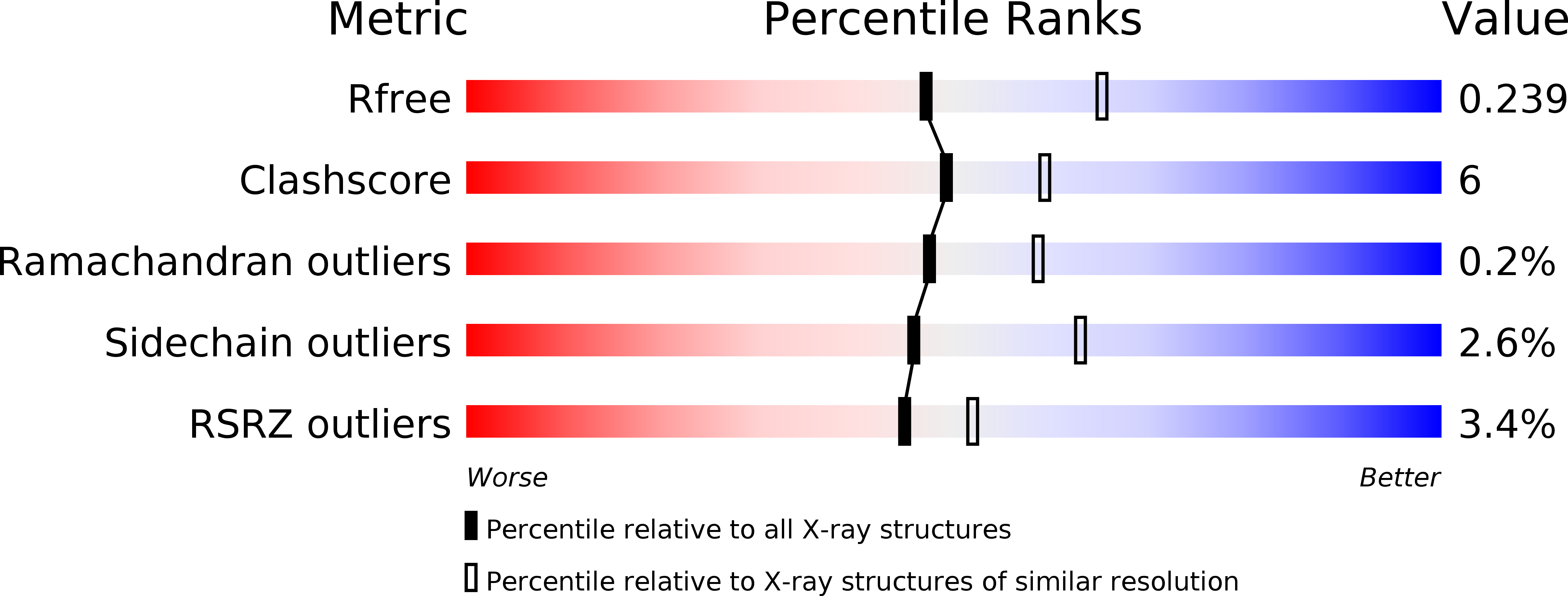
Deposition Date
2008-02-21
Release Date
2008-06-10
Last Version Date
2023-08-30
Entry Detail
PDB ID:
3CB2
Keywords:
Title:
Crystal structure of human gamma-tubulin bound to GDP
Biological Source:
Source Organism:
Homo sapiens (Taxon ID: )
Host Organism:
Method Details:
Experimental Method:
Resolution:
2.30 Å
R-Value Free:
0.23
R-Value Work:
0.18
R-Value Observed:
0.18
Space Group:
P 1 21 1


